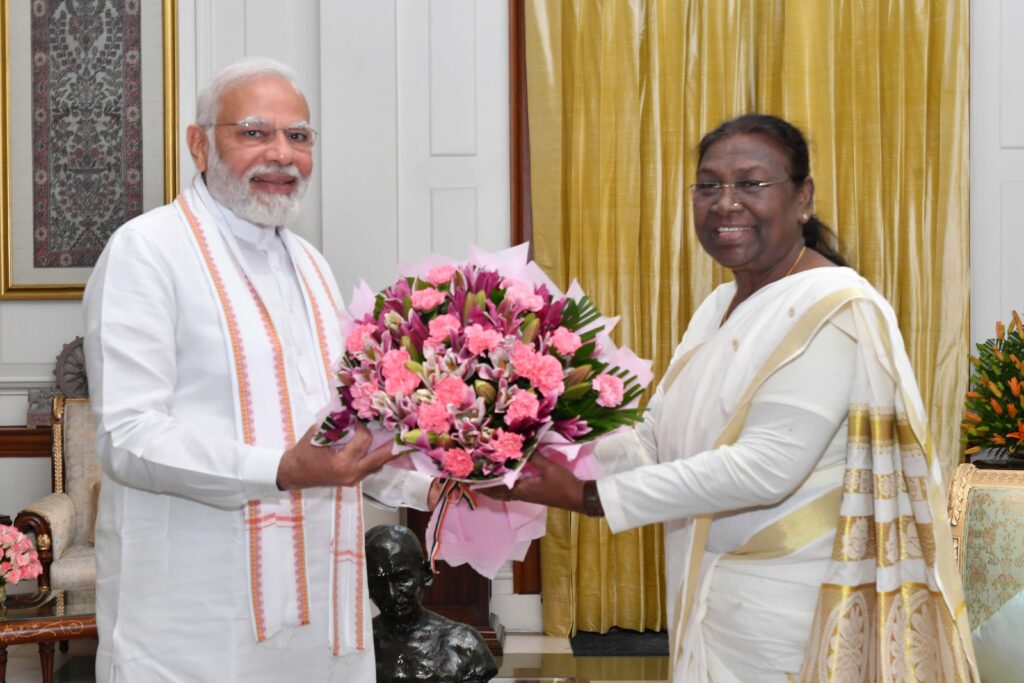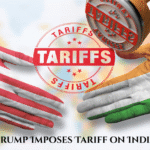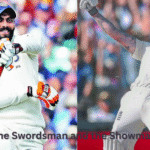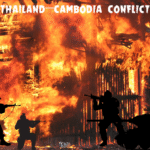Growing up in India, we often see two major faces on our TV screens.
When big events happen – the President and the Prime Minister. They both look powerful, speak with authority, and are often surrounded by heavy security. But if you’ve ever found yourself wondering who runs the country, who holds more power, or what sets them apart, trust me, you’re not alone. I had the same confusion until I decided to dive deep and truly understand how this system works.
India, being the world’s largest democracy, has a structure that looks balanced from the outside. But inside, there’s a clear distinction between the roles of the President and the Prime Minister. The President is the ceremonial head of the nation-someone who represents the pride and soul of India. He or she is the symbol of our unity, our Constitution, and our nation’s spirit. When the President addresses the country on Independence Day or Republic Day, there’s a certain calm dignity in their words. They don’t speak about daily politics or development projects. Instead, they say as a guardian of our democratic values. It feels more like a blessing from the highest chair in the country.
On the other hand, the Prime Minister is the one who leads the real engine of our country. From policies to reforms, from handling Parliament to international deals, the PM is everywhere. While the President may cut ribbons and deliver graceful speeches, it’s the PM who answers questions, signs decisions, and takes tough calls when needed. Whether it’s leading India through a pandemic, launching space missions, or dealing with tensions at the border, it’s always the Prime Minister standing at the frontline. They are the face of the Indian government, and their words carry the weight of promises and decisions.
It’s not that the President doesn’t have powers. Constitutionally, the President can declare a national emergency, dissolve Parliament, or even reject bills. But here’s the catch -the President does all this only on the advice of the Prime Minister and the Council of Ministers. That’s where the real difference lies. The Constitution binds the President to act on advice, whereas the Prime Minister is the one giving that advice, making the real choices. It’s like the President is the wise elder of the house, while the Prime Minister is the active adult running the kitchen, managing the bills, and planning the future.
One of my professors once gave me a beautiful analogy. He said, “The President is like the moon -calm, reflective, graceful. But the Prime Minister is the sun -always burning, always working, always visible.” And honestly, that image stayed with me. Both are important. One lights up the sky with grace, the other with energy.
So, next time you see the President giving away awards or greeting foreign dignitaries with folded hands, know that it’s a role of dignity and national pride. But when you see the Prime Minister launching a policy, giving a late-night address, or defending the country’s interest on the global stage – that’s where the actual executive power is at play.
Ultimately, both roles are carefully crafted by our Constitution. One shows us who we are, and the other leads us towards who we can become.






